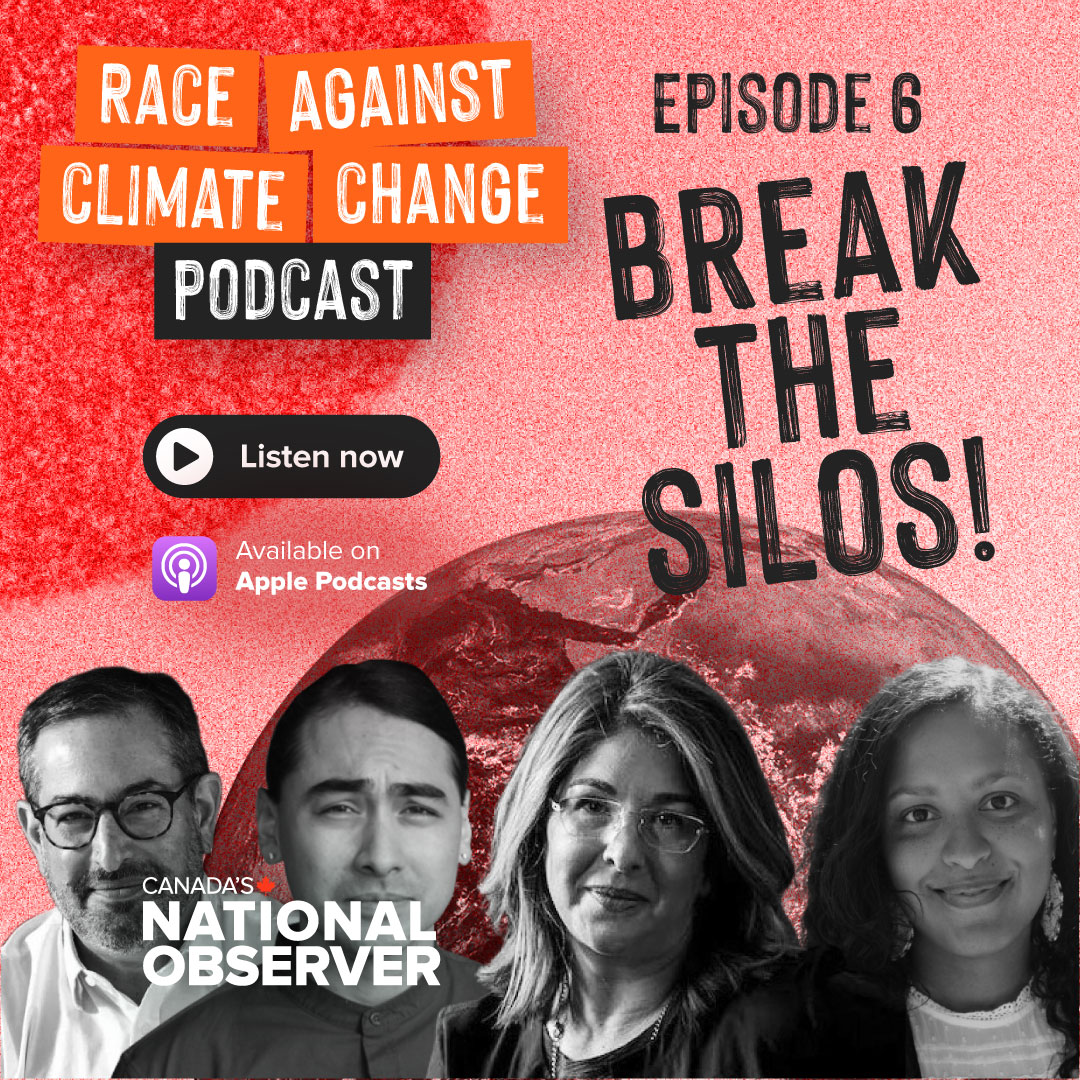Support strong Canadian climate journalism for 2025
Canada's plants are under attack from climate change and global trade, yet our governments aren't ready to protect them, over a dozen researchers are warning.
Plants are essential to most aspects of life, from producing oxygen to sustaining biodiversity and people's livelihoods. As the climate changes and global trade accelerates, they're being exposed to more extreme weather, new diseases, and fast-moving pests that threaten entire ecosystems. But according to a new report by the Council of Canadian Academies commissioned by the Canadian Food Inspection Agency, Canada's patchwork approach to protecting plants is inadequate to tackle the threat.
"Plant health is overwhelmingly critical for all life on Earth," explained co-author Deborah Buszard, a plant specialist and biology professor at the University of British Columbia's Okanagan campus. "Yet we can see from the research that there are issues, there are critical failures, there are environmental disasters impacting (our) plants."
While trees, crops, and other economically-important plants are directly responsible for about three per cent of Canada's GDP, they directly impact about 500,000 people, many of them in rural areas. Moreover, they are essential to maintaining healthy ecosystems, sequestering carbon, public health, and are of social and cultural importance to people across the country.
"We didn't look at individual plants. We were asked to look at the risk to the system of plant health and the nature of the risks," said Buszard. While extinction is the "ultimate" threat, more worrying is that many ecosystems — both natural and managed, like fields — could suffer a devastating loss of biodiversity that can help them weather changes in the environment.
"That loss of diversity makes ecosystems more fragile," she said.
The report noted that efforts to address threats like new diseases or extreme weather are stymied by Canada's fragmented approach to protecting them — a task currently falls on dozens of federal, provincial and territorial, and municipal government agencies. For instance, at the federal level alone, decisions about how best to protect crops from diseases and pests draw on the expertise of at least three ministries and other agencies.
The result is that there is no "systematic tracking" of plant health that could give researchers and politicians the data needed to protect them more effectively. In practice, that could look like anything from boosting soil conservation and regeneration efforts to managing water and agricultural chemicals more efficiently.
Better collaboration between federal, provincial/territorial, and municipal governments and Indigenous communities is essential. Moreover, the authors noted governments should also include a broader range of Canadians, not just specialists, in monitoring and conservation efforts to make them more effective.
Most Canadians are "unaware" of the role plants play in daily life, Buszard said. It's a reality she hopes will start to change.
"Most Canadians live in cities and do not have a good idea of what the forests of Canada really are, where our food comes from … so (plant health) doesn't become a real high priority in politicians' eyes."






Comments
We are worried about 3% of GDP?
The economy already values real estate and cryptocurrencies as FAR more valuable than a few plants.
I say we double down on growing GDP by increasing fossil fuel exports and overseas ownership of real estate.
It’s not as if the economy would miss the loss of agriculture and forestry.
I’m going to go eat some plastic bags now.
"Most Canadians are "unaware" of the role plants play in daily life, Buszard said. It's a reality she hopes will start to change."
Kids, in kindergarten and primary grades, kids learn about "the circle of life," by planting seeds in styrofoam cups, and watching them turn into plants. One year, they did beans, and the teacher showed them a bean plant she'd grown on her patio, and the little individual beans within the pods.
The next year, they planted pumpkin seeds, and the teacher brought in a mature pumpkin, which they carved into a jack-o-lantern. My daughter came home dismayed that the seeds had been thrown out, instead of being saved for next year's plants or prepared for eating.
She had two arguments with kids in her class: the first as to whether pumpkin seeds came from pumpkins, or from a seed factory, and the second as to whether carrots grew in the ground, or came from the carrot factory. The crowning argument of the factory proponent was, "Oh yeah? They come in plastic bags, so there!"
When I spent time with my parents after not having been there during summer for a decade or so, there were wild flowers in the meadows that hadn't been there during my childhood. They hadn't noticed, because after the kids were grown up, they didn't wander through meadows any more, showing them the plants and explaining how they could be used. (Some Canadian wild plants are also found in the parts of Europe their parents hailed from.)
I live on a street corner, and have a garden. Immigrants from several countries tell me about the uses of various plants in my yard. I tell people about weeds that a number of immigrant peoples are accustomed to using as food: I let some grow on the margin beween fence and sidewalk, specifically for people to pick, who live in apartments and don't have gardens.
People still name plants for their children and appallingly misidentify them. but at least they're making the effort. It would be better, though, if they hadn't been taught in school to just guess when they didn't know.
We're two generations in to that, now, at least.
People understand a lot of facts, but don't make the connections. E.g., they know that some plants encourage local pollinator species, but are dismayed to find that includes bees, honey or otherwise.
My point is that these understandings don't grow in a vacuum. When Canada was a largely agricultural society, people lived "close to Nature," both literally and figuratively, and so absorbed that understanding from their everyday experience. People don't get that in urban environments. It needs to be taught.